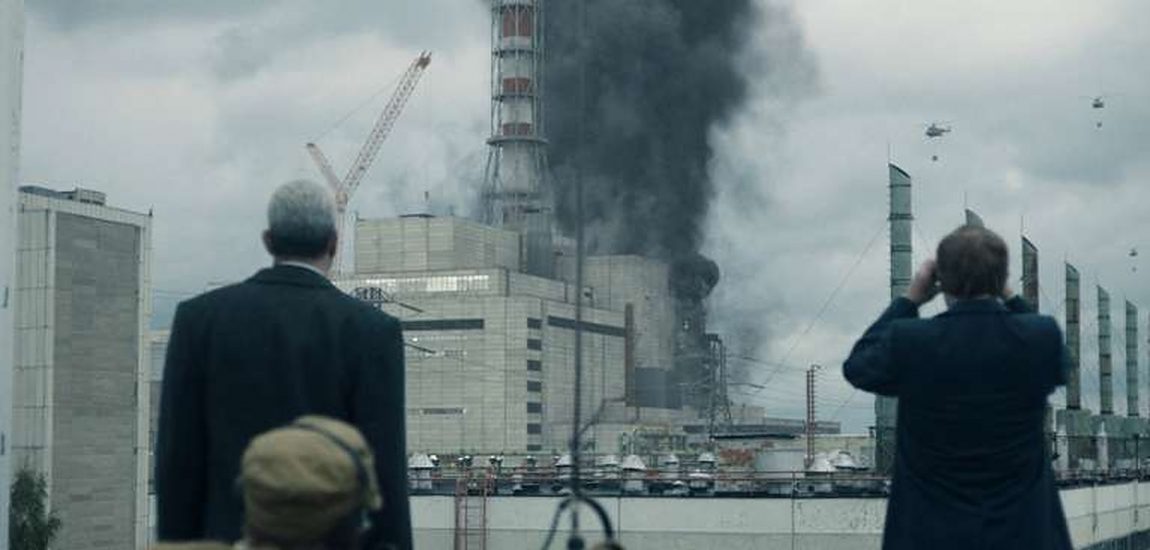
Five important things to learn from the miniseries “Chernobyl”
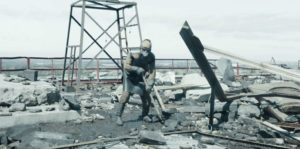
If you have not watched the miniseries Chernobyl (HBO), what are you waiting for? It explains what happened when the Chernobyl Nuclear Plant became the worst man-made catastrophe in 1986, the causes of the accident, and the efforts of thousands of people to mitigate the problem. Chernobyl series is not focused on the dangers of nuclear industry, simply because nuclear is the safest source of energy we have. This is not a simple opinion, but a fact. More information here, here and here.
However “Chernobyl” gives a very realistic view of the dramatic human consequences of those affected by the accident, as well as the serious problems that scientists had to face because of the dangerous power of the “official truth”.

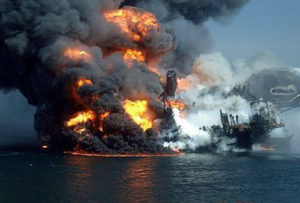
So let’s now focus on the 5 top “take home messages” from the Chernobyl series:
ONE – Environmental disasters (intentional or not) have long-lasting consequences. They can persist for years/decades in the best case scenario and centuries in the worst. They (will) affect water, air, soils, life and, of course, humans – some of them not even born yet.
TWO – Most environmental problems are not easy to remediate at all because they are extremely complex, involving an enormous number of variables. All the knowledge we have today is not enough to obtain single, quick fix solutions to limit their consequences.
Here I am not only talking about nuclear accidents. Others that can be equally or more devastating, like the release of industrial pollutants to the environment, chemical explosions, severe air pollution, mining accidents, chemical weapons, oil spills, tailings dam failures. A simple example: radioisotopes released during nuclear accidents transform to stable elements after some time. Some have a short half-life (e.g., Iodine-131, 8 days) while others have an extremely long half-life (e.g., Plutonium-239, 24 000 years; more information here). However, there are also non-radioactive contaminant elements released during accidents, e.g., lead, cadmium, arsenic… and many others which will be harmful –especially at high concentrations– forever because they are stable. Some info and examples here. Water, soils or air polluted with heavy metals, pesticides or hydrocarbons can cause reproductive problems, damage to the nervous system, kidney failure and cancer, among other problems. The fact that they are not radioactive does not mean that these substances are less harmful. Organics released during oil spills induce a variety of health problems, as well as mass mortality events within marine life. Some of the oil hydrocarbons are extremely toxic (e.g., polycyclic aromatic hydrocarbons) and bioaccumulate in the fish we eat.
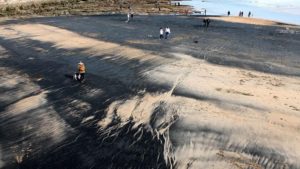
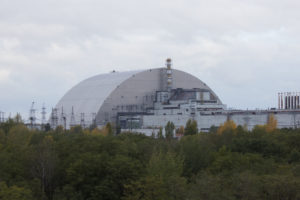
THREE – Reversing or minimising the damage –whenever possible– is not free. It costs millions. It costs human lives. It takes time. Sometimes solutions are in fact “temporary patches” that contain the problem for a few months or years, but they do not solve the problem itself.
Image: the new “safe” $2billion confinement structure in Chernobyl that will prevent the release of contaminants. It should be stable for at least 100 years… but the radioactive material is still inside and is very dangerous. More pictures.
FOUR – Ignoring a problem will not make it disappear – it will make it much worse. This is what happened in Chernobyl due to awful political decisions… and has also happened –and happens– in many other places, many times, even at the global scale. Not surprisingly. there are many researchers working on environmental remediation of surface water, groundwater, soils, sediments and air. This is a fascinating –but complex– field of science, as it involves a plethora of processes happening in the biosphere and geosphere.
FIVE – Science is the best tool we have to prevent and to solve these complex problems. Only by using the scientific method, it will possible to understand and find solutions to environmental –and many more– issues. And there is still PLENTY of work that needs to be done.
A few things more:
PS 1. Would you like to know more about energy? Take our MSc Energy Sciences at Trinity College Dublin! It is designed to equip students with the theoretical knowledge and practical skills to develop careers in the global energy sector.
PS 2. Are you interested in environmental sciences? Take our MSc Environmental Sciences at Trinity College Dublin! It prepares students from different backgrounds for independent research and for a job market in the environmental sector.
PS 3. Are you confused about the amount of radiation that is harmful? This is probably the best chart I have seen about ionizing radiation, including the dose a person can absorb from different sources.
PS 4. Would you like to know more about the Chernobyl accident? Here is an excellent source of information.
PS 5. Would you like to the most common applications of nuclear materials? Click here and here.
Dr. Juan Diego Rodriguez-Blanco, Ussher Assistant Professor in Nanomineralogy at the Department of Geology, School of Natural Sciences, Trinity College Dublin.
